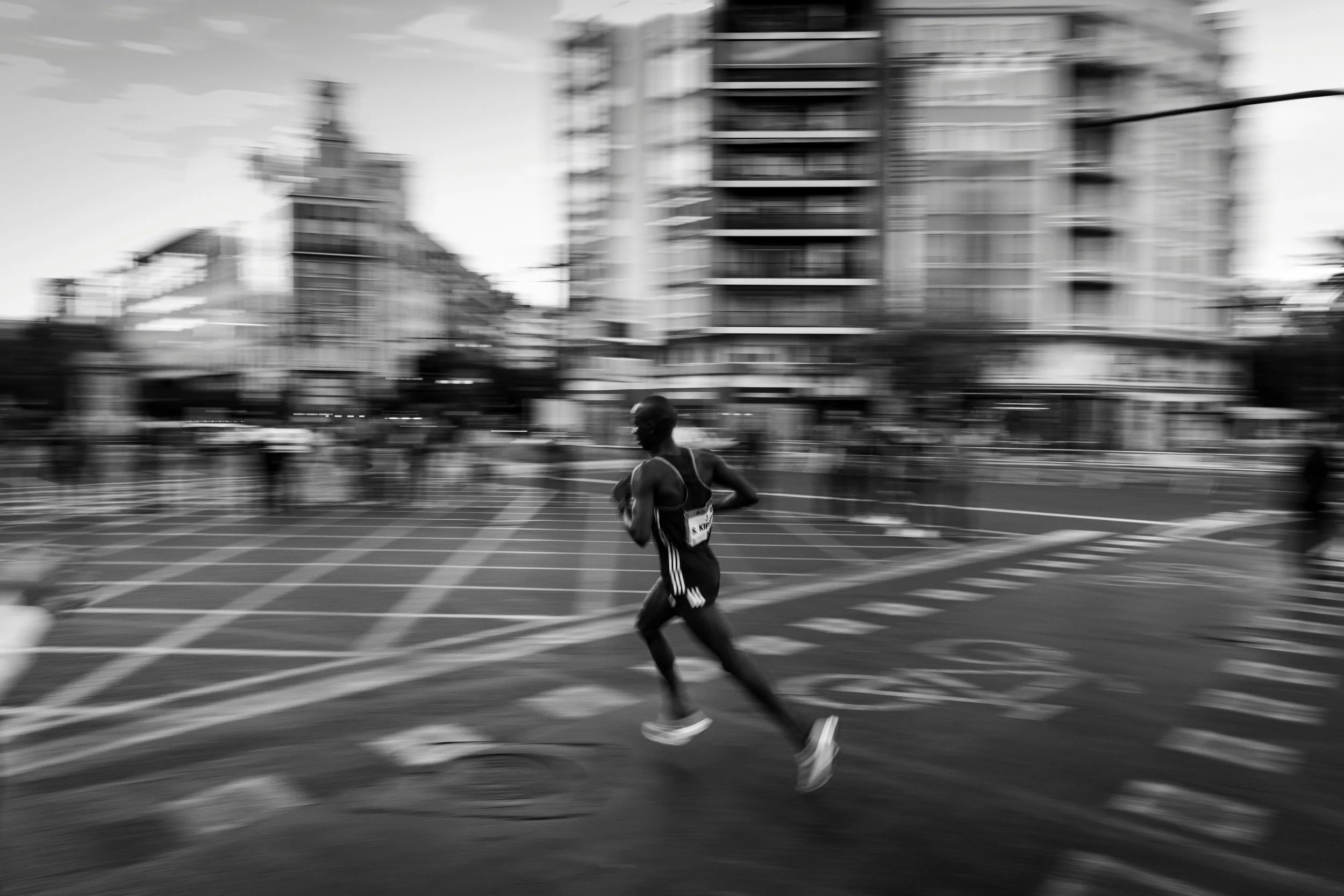
improve your gait cycle
to decrease pain & Reduce Injury Rate
how does gait cycle analysis work and Why Is Gait correction so Important?
How Gait Analysis Identifies the Real Cause of Pain
Pain doesn’t come out of nowhere. It’s usually the result of dysfunctional biomechanics, fascial adhesions, and postural adaptations. The fastest way to uncover the problem? Watch the body in motion.
Running is the most fundamental human movement—and it exposes everything. A gait analysis instantly reveals your weak links: collapsing joints, stiff areas, hidden asymmetries, and restricted rotations.
We’re not trying to copy how elite athletes train—millions try that and still get hurt. We’re trying to copy how they move. When your gait is corrected and adhesions released, your structure realigns, your movement improves… and pain fades.
How Gait Correction Reduces Pain and Boosts Performance
Functional Patterns was designed to optimise the Big Four of human movement: standing, walking, running, and throwing. Walking and running fall under the category of gait. If you learn what it takes to precisely execute these movements to the highest degree, the benefits will transfer to literally every other movement you do and you will therefore see a decrease in dysfunctions and their associated pain. Whether it be a passive position like sitting, an athletic position like cutting laterally, or any other movement configuration – optimising your gait means that you improve your entire movement spectrum. Instead of trading fitness for function or vice versa, you get both simultaneously! That’s the Functional Patterns way!
How many steps do you take per day? 2000? 7000? 12000? If you’ve ever tracked it, you may have been surprised at the sheer amount of times you put one foot in front of the other every single day.
What happens when each step is slightly out? overtime, it compounds into chronic pain, poor posture, tightness, weakness, imbalance etc.
Conversely, when you learn to sequence your gait cycle correctly, every step brings you closer and closer to symmetry, strength,, reduced pain, reduced risk of injury and overall functionality.
how to correct gait
We have discussed using gait as an analysis tool and the importance of correcting gait, but how do you address it?
If your gait mechanics are faulty, it is extremely hard to improve the gait cycle by simply practicing walking or running. Rather, it is important to break down each individual section of the gait cycle, beginning with YOUR most pressing points, and to work on strengthening that motion in an extremely monitored and environment where your training can make macro and micro adjustments where you require. After all, your body is going to want to do the opposite of what it is supposed to in some settings and therefore a keen eye is very important.
gait results
gait results
Don’t settle for anything less than real, long-term results. See some of our success stories below.
protruding spine
I was an athlete for 13 years, dealing with different kinds of physio and training but strangely I always had pain. Functional Patterns changed my mind about the human body, how it functions and works together accordingly etc. Now I get training without any fear of pain or misusing my muscles.
– Yeayan
Less Pain. More Performance.
I used to battle plantar fasciitis, knee pain, back tightness, and constant tension. Now, after training with Functional Patterns, I can move pain-free and train dynamically for over an hour. It’s completely changed how my body feels and performs.
– Dave
From Broken at 22 to Pain-Free and Thriving
Before Functional Patterns, I was embarrassed and frustrated with how I moved. Years of traditional training, excessive running, and Olympic lifting left me broken—by 22 I had chronic hip pain, recurring back, neck, and foot issues, and two years of failed therapies that dragged down my mental health.
After two and a half years of Functional Patterns, I feel better than ever. I didn’t find a miracle—I found a method. A structured, results-driven approach that solved problems at the root and gave me my body, and my life, back.
– Michael
Overcoming Injury: My Journey Back to Movement
I started training after a car accident left me with debilitating injuries. The recovery hasn’t been easy—there were times we had to pause training because of the setbacks—but I kept showing up. Over time, I’ve been able to overcome major biomechanical asymmetries caused by the crash, and I’m proud of how far I’ve come.
– Deanna
Book an appointment.
Don’t just cope with scoliosis — correct it with Functional Patterns. See our available practitioners — select a time and date that works for you.
2 Pearson street, brunswick west, VIC, 3055
Hours
Monday–Friday
6.30am–8pm
Saturday
7am–6pm
Phone
(0458) 904-881



